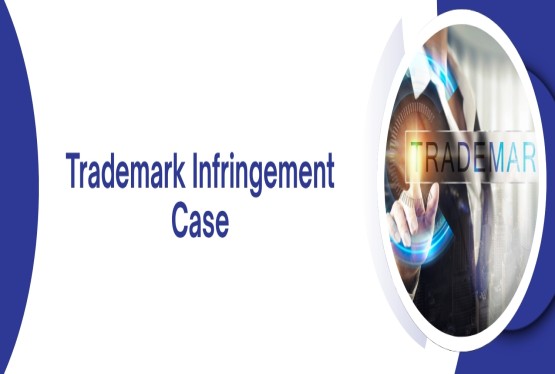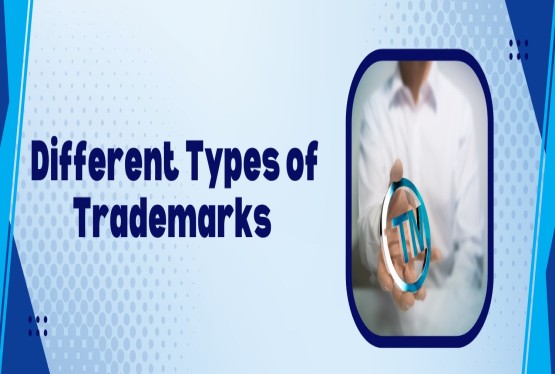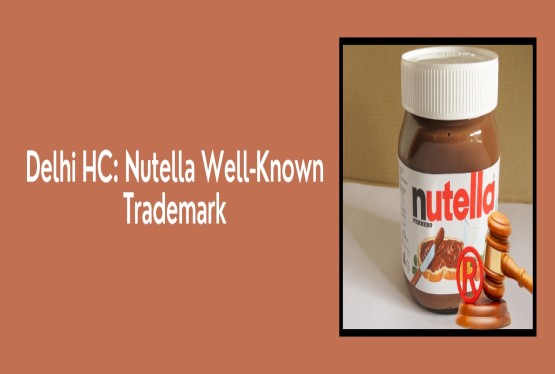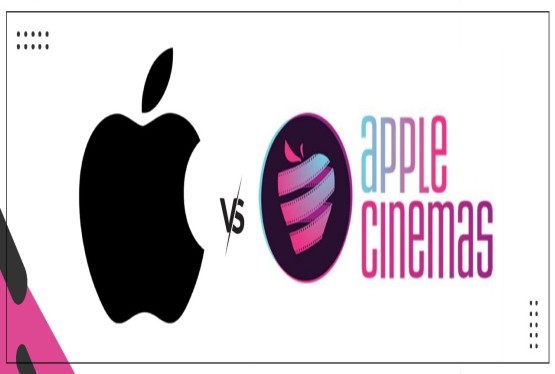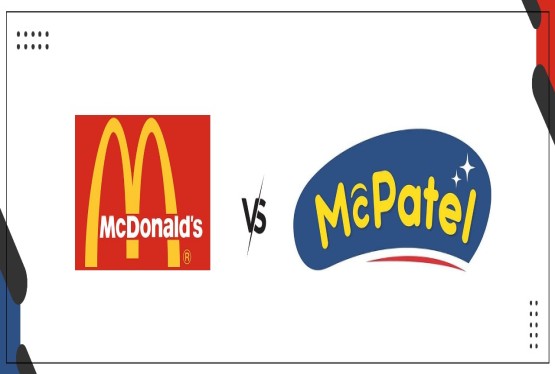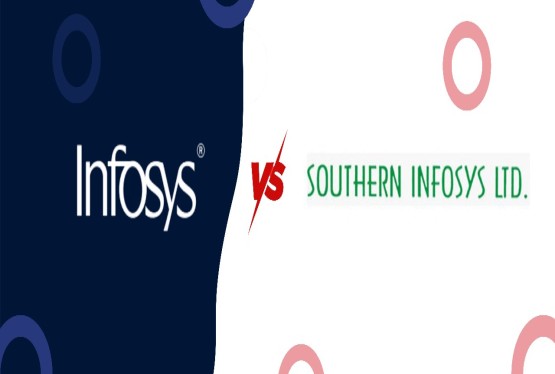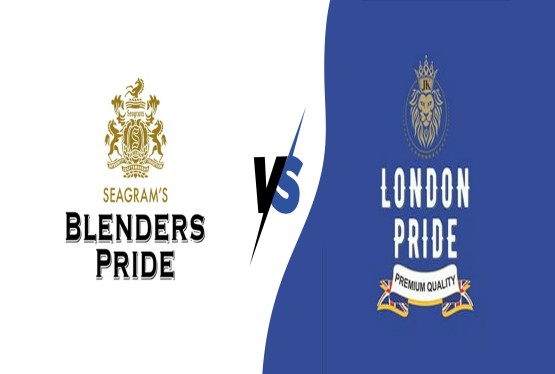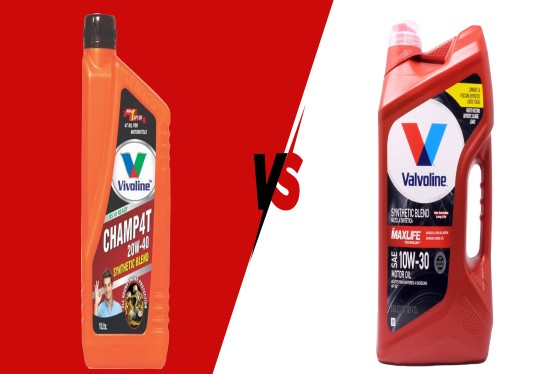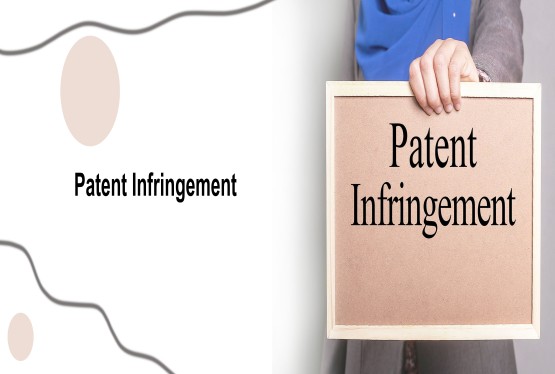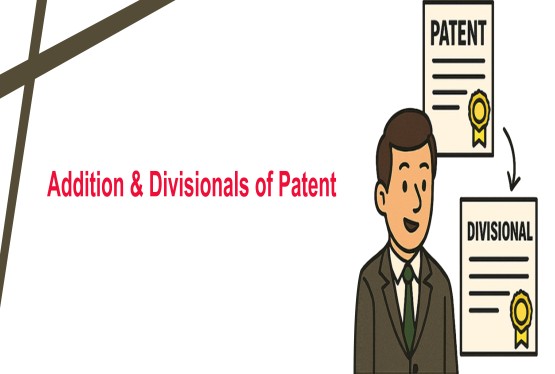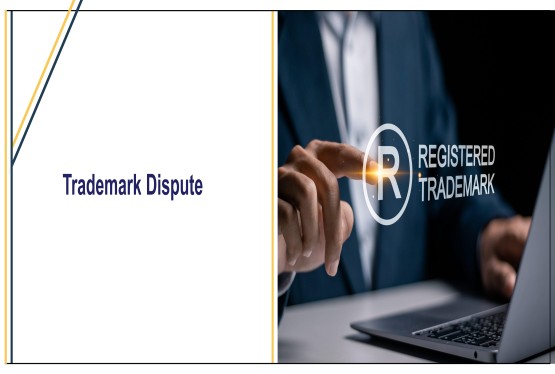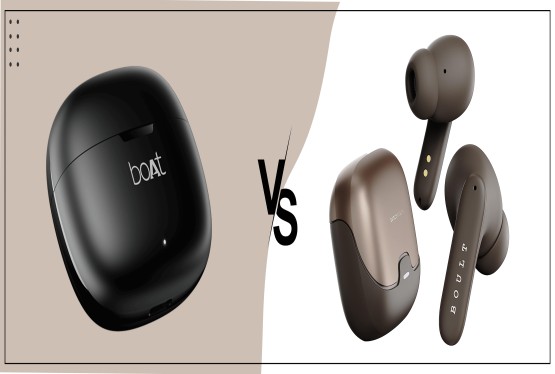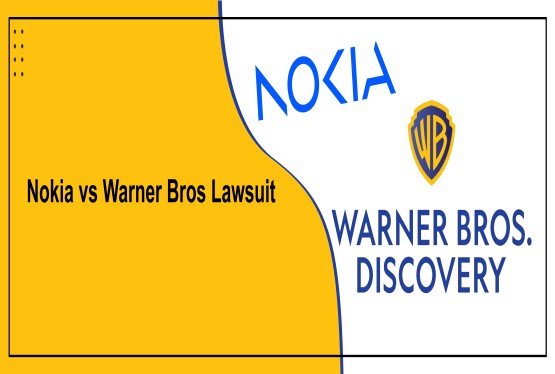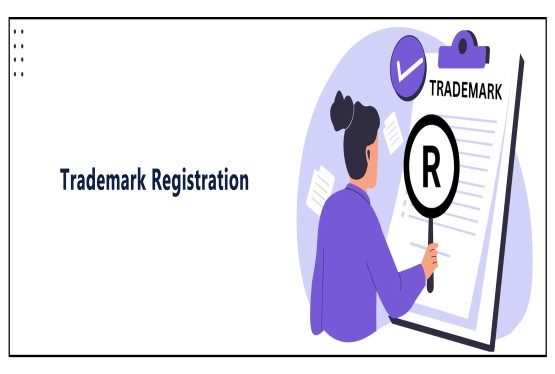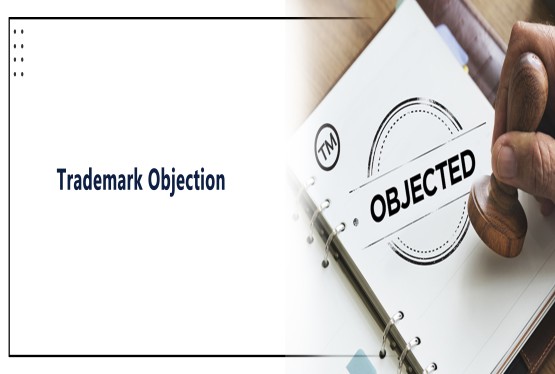Trademark classification plays a pivotal role in the protection and enforcement of intellectual property rights. It ensures that trademarks are registered for specific categories of goods or services, preventing overlapping claims and promoting clarity. One of the most widely used categories is Trademark Class 3, which pertains to goods associated with cleaning, beauty, and hygiene. This article provides a detailed legal overview of Trademark Class 3, its scope, statutory framework, judicial precedents, and its importance for businesses.
Understanding Trademark Class 3
Trademark Class 3 is part of the Nice Classification System (NCL), an internationally recognized framework established under the Nice Agreement (1957). The NCL organizes goods and services into 45 classes for the purpose of trademark registration. Class 3 specifically covers:
-
Cosmetics and Toiletries: Skincare products, makeup, perfumes, deodorants, hair care products.
-
Cleaning Products: Soaps, detergents, and polishing or scouring preparations.
-
Other Substances: Dentifrices (toothpaste), essential oils, and similar substances.
The class excludes products that fall under other specific categories, such as medicinal soaps (Class 5) or cosmetic apparatus (Class 21). The clear delineation of Class 3 helps trademark owners define the scope of their rights and identify trademark infringements.
Statutory Framework for Trademark Class 3
In India, the statutory foundation for trademark registration lies in the Trade Marks Act, 1999, which incorporates the Nice Classification System. Relevant provisions include:
1. Section 7 of the Trade Marks Act, 1999: Authorizes the classification of goods and services into prescribed classes, including Class 3.
2. Section 18: Governs the application process for trademark registration, requiring applicants to specify the goods or services and their relevant class.
3. Trade Marks Rules, 2017: Provides detailed guidelines on classification, including the listing of goods covered under Class 3.
Additionally, Section 29 of the Act outlines the grounds for trademark infringement, emphasizing that goods must belong to the same or a similar class for an actionable claim.
The objective of these provisions is to ensure that trademark registrations are accurate, specific, and enforceable, thereby reducing conflicts over identical or similar marks.
Judicial Precedents Related to Trademark Class 3
Over the years, courts in India and internationally have dealt with numerous disputes involving trademarks under Class 3. These cases have helped shape the legal framework and interpretation of trademark law in this category.
Case 1: L'Oréal v. Bellure NV (2009)
The European Court of Justice (ECJ) addressed the issue of trademark infringement concerning luxury perfumes. The court held that a competitor cannot use a mark that creates an unfair advantage by imitating the reputation of a well-known trademark. This decision has significant implications for trademarks in Class 3, particularly for high-value cosmetics and perfumes.
Case 2: Hindustan Unilever Limited v. Reckitt Benckiser India Limited (2014)
In this Indian case, the Delhi High Court dealt with a dispute between two consumer goods giants over advertisements disparaging a competing cleaning product. The court emphasized the importance of maintaining the reputation of trademarks and the need for honest trade practices. While this case primarily focused on advertising, it reinforced the broader protections available to Class 3 trademarks.
Case 3: Procter & Gamble v. Anchor Health & Beauty Care Pvt. Ltd. (2012)
The Bombay High Court examined the issue of deceptive similarity in the packaging of toothpaste products under Class 3. The court ruled that trademarks must be visually, phonetically, and structurally distinct to avoid consumer confusion. This precedent underscores the significance of distinctiveness in Class 3 goods.
Challenges in Registering and Enforcing Class 3 Trademarks
The vast and competitive nature of the beauty and cleaning products market presents unique challenges for trademarks under Class 3:
1. High Volume of Applications: Class 3 is one of the most crowded classes due to the large number of businesses dealing in cosmetics, toiletries, and cleaning products. This leads to an increased likelihood of opposition and rejection based on prior registrations.
2. Deceptive Similarity: With many similar goods in this category, the potential for deceptive similarity between marks is higher. Courts often evaluate factors such as visual, phonetic, and conceptual similarities to determine infringement.
3. International Trade: Many products under Class 3 are exported or imported, leading to jurisdictional complexities. The Nice Classification System facilitates international protection, but businesses must navigate the nuances of local laws in different countries.
4. Counterfeit Products: The beauty and cleaning industries are particularly susceptible to counterfeiting. Trademark registration under Class 3 is a crucial tool for combating counterfeit products, but enforcement can be challenging, especially in cross-border scenarios.
Importance of Trademark Class 3 for Businesses
For businesses operating in the cosmetics, toiletries, and cleaning industries, registering trademarks under Class 3 is essential for several reasons:
1. Exclusive Rights: Registration provides exclusive rights to use the mark for goods falling under Class 3, preventing competitors from using identical or similar marks.
2. Brand Reputation: A registered trademark protects the brand’s reputation, particularly in the highly competitive beauty and cleaning sectors, where brand loyalty is paramount.
3. Consumer Trust: Trademarks help consumers identify the source of goods, fostering trust and reducing the risk of purchasing counterfeit or inferior products.
4. Global Protection: Using the Nice Classification System, businesses can protect their trademarks internationally, facilitating expansion into new markets.
5. Legal Recourse: Registration under Class 3 provides a legal basis for pursuing claims of infringement or unfair competition, ensuring that businesses can protect their intellectual property effectively.
Role of Trademark Class 3 in Contemporary Legal Practice
Trademark Class 3 has significant implications for legal professionals, particularly those specializing in intellectual property. Practitioners must be well-versed in the nuances of this class to provide effective counsel to clients.
1. Advisory Role: Legal advisors must guide businesses in accurately classifying their goods, ensuring that trademarks are registered under the appropriate class to avoid conflicts.
2. Drafting and Filing Applications: Precision in drafting applications is crucial, as errors in classification or description can lead to rejection or opposition.
3. Enforcement: Legal professionals play a key role in enforcing trademark rights through litigation or negotiation, particularly in cases of infringement or counterfeiting.
4. Cross-Border Issues: With the global nature of the beauty and cleaning industries, practitioners must navigate international trademark laws to secure and enforce Class 3 trademarks in multiple jurisdictions.
Conclusion
Trademark Class 3 is a critical category for protecting intellectual property rights in the cosmetics, toiletries, and cleaning industries. The statutory framework under the Trade Marks Act, 1999, supported by the Nice Classification System, provides a robust mechanism for registering and enforcing trademarks in this class. Judicial precedents, such as Hindustan Unilever v. Reckitt Benckiser and Procter & Gamble v. Anchor Health, highlight the importance of distinctiveness and good faith in trademark use.
For businesses, registering trademarks under Class 3 is essential for safeguarding their brands, building consumer trust, and maintaining a competitive edge. For legal practitioners, understanding the intricacies of Class 3 is crucial for advising clients, securing registrations, and enforcing rights effectively.
In an era of globalization and intense market competition, the significance of Trademark Class 3 cannot be overstated. It serves as a cornerstone for brand protection, fostering innovation and fair competition in the dynamic beauty and cleaning product sectors.
Frequently Asked Questions
Q1. What products and services are included in Trademark Class 3?
Ans. Trademark Class 3 encompasses a wide range of goods associated with beauty, hygiene, and personal care. This includes cosmetics such as skincare products, makeup, perfumes, and deodorants; cleaning products like soaps and detergents; and other substances like dentifrices (toothpaste) and essential oils.
Q2. Why is Trademark Class 3 important for businesses?
Ans. Registering a trademark under Class 3 is crucial for businesses in the cosmetics and cleaning industries for several reasons. It provides exclusive rights to use the mark, protecting the brand from competitors and preventing consumer confusion. This strengthens brand identity, builds consumer trust, and safeguards the business's valuable intellectual property.
Q3. What are some key legal considerations for registering a trademark under Class 3?
Ans. The Trade Marks Act, 1999, governs trademark registration in India, aligning with the Nice Classification System. Key considerations include ensuring that the trademark is distinctive and not identical or deceptively similar to existing trademarks in Class 3 or other relevant classes. Accurate identification of the goods and services covered by the trademark is crucial to avoid rejection of the application.
Q4. How do judicial precedents guide trademark registration in Class 3?
Ans. Cases like L'Oréal v. Bellure NV and Hindustan Unilever Limited v. Reckitt Benckiser India Limited have significantly shaped the interpretation and application of trademark law in Class 3. These cases emphasize the importance of preventing unfair advantage by imitating the reputation of well-known brands and the need for honest trade practices. They also highlight the significance of distinctiveness and the avoidance of consumer confusion in this competitive market.
Q5. What are the challenges faced by businesses in protecting trademarks under Class 3?
Ans. The competitive nature of the beauty and cleaning products market presents unique challenges. The high volume of applications in Class 3 increases the likelihood of encountering similar marks. The risk of deceptive similarity is also high due to the abundance of similar products and the emphasis on visual appeal. Additionally, the global nature of the industry requires businesses to navigate international trademark laws and regulations to protect their brands effectively.






























_(b)_of_the_Trademark_Act,_1999_(1)_crop10_thumb.jpg)



_crop10_thumb.jpg)




























_crop10_thumb.jpg)
_crop10_thumb.jpg)






_crop10_thumb.jpg)








_crop10_thumb.jpg)



_crop10_thumb.jpg)





























_crop10_thumb.jpg)

















_crop10_thumb.jpg)






_crop10_thumb.jpg)











































































































































_crop10_thumb.jpg)




































_crop10_thumb.jpg)












_crop10_thumb.jpg)













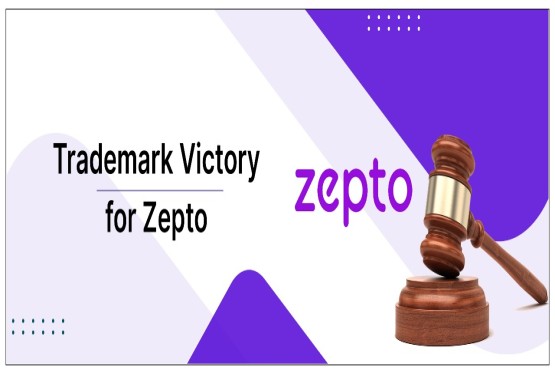

































_crop10_thumb.jpg)






